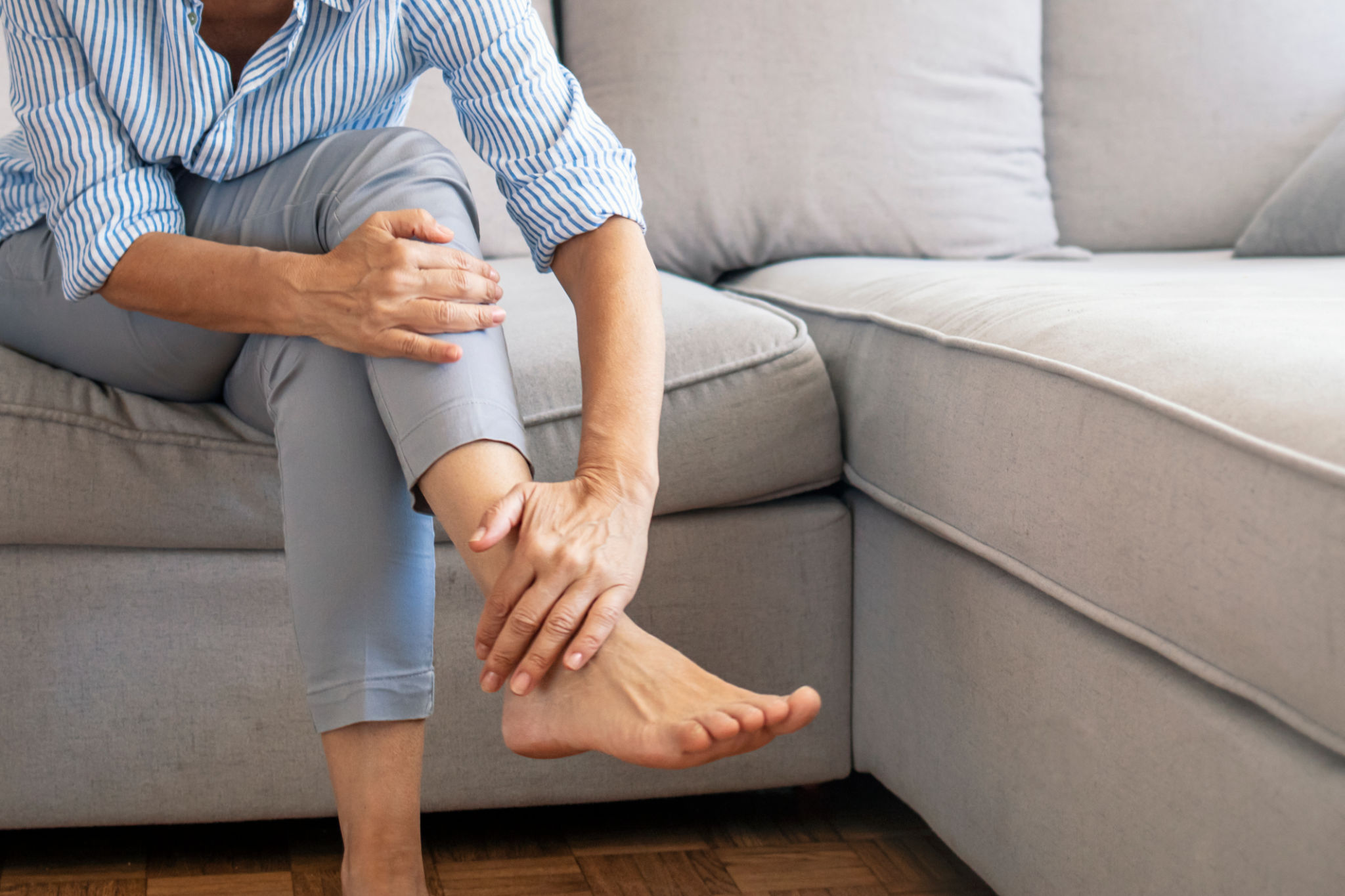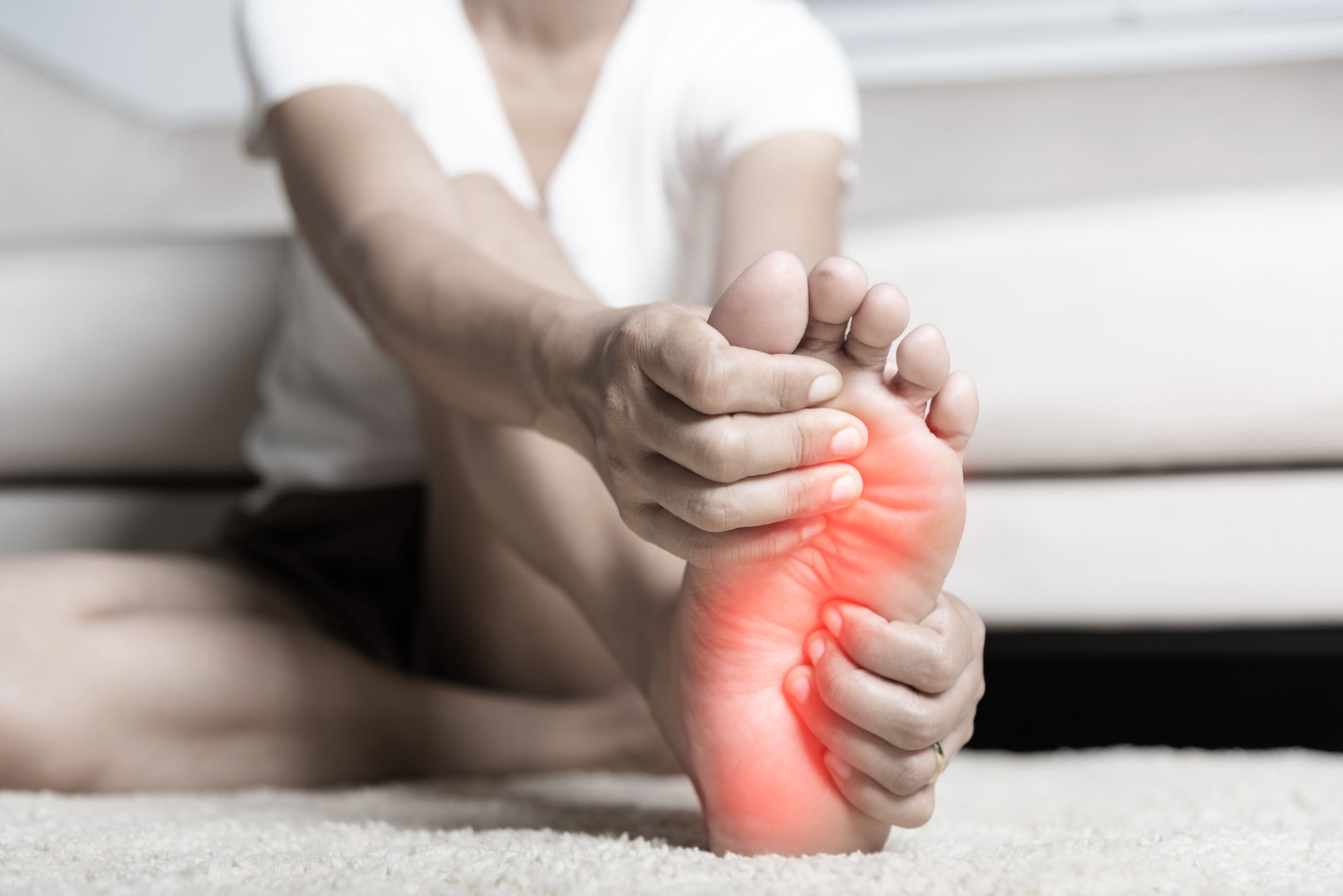Effective Physical Therapy Techniques for Foot Injuries
Understanding Foot Injuries
Foot injuries are among the most common ailments treated in physical therapy. Whether due to sports activities, accidents, or daily wear and tear, foot injuries can significantly impact mobility and quality of life. Understanding the different types of injuries, such as sprains, fractures, and plantar fasciitis, is crucial for implementing effective therapy techniques.

Initial Assessment and Diagnosis
The first step in treating foot injuries is a comprehensive assessment. Physical therapists conduct a detailed evaluation to identify the specific type and extent of the injury. This assessment often includes physical examinations, medical history reviews, and sometimes imaging tests like X-rays or MRIs. Accurate diagnosis is essential for tailoring the right therapy plan.
Rest and Immobilization
One of the primary techniques in managing foot injuries is rest and immobilization. This approach is crucial during the initial phase of injury management to prevent further damage and promote healing. Depending on the severity, tools like braces or casts may be utilized to stabilize the foot.

Benefits of Rest
Resting the injured foot reduces unnecessary stress on the affected area. It allows inflammation to subside and tissues to repair naturally. While resting, it is also important to maintain general physical activity levels to prevent overall muscle weakness.
Therapeutic Exercises
Once the acute phase has passed, physical therapists introduce specific exercises to restore strength and flexibility. Therapeutic exercises are tailored to the individual's injury and recovery stage. These exercises can include stretching, resistance training, and range-of-motion activities.
Stretching Techniques
Stretching is vital in increasing flexibility and preventing future injuries. Common stretches for foot injuries target muscles like the calf and Achilles tendon. Consistent stretching helps reduce tightness and improve overall functionality.

Manual Therapy
Manual therapy involves hands-on techniques applied by physical therapists to reduce pain and improve mobility. Techniques may include joint mobilization, soft tissue massage, and manipulation. These methods help alleviate discomfort and restore normal function in the foot.
Benefits of Manual Therapy
Manual therapy offers several benefits, such as improved circulation, reduced muscle tension, and enhanced joint mobility. It complements exercise routines by addressing specific areas of tightness or restriction, aiding in a quicker recovery process.
Using Modalities for Pain Management
Various modalities are employed in physical therapy to manage pain associated with foot injuries. Techniques such as ultrasound, electrical stimulation, and heat/cold therapy can be effective tools in reducing discomfort and swelling.

Heat and Cold Therapy
Both heat and cold therapies play roles in managing foot injury symptoms. Cold therapy is particularly beneficial in reducing swelling and numbing acute pain, while heat therapy can relax muscles and improve blood flow during later recovery stages.
Prevention Strategies
Preventing future foot injuries is a critical aspect of long-term recovery. Physical therapists educate patients on proper footwear, gait analysis, and posture correction. Additionally, incorporating balance exercises can enhance stability and reduce the risk of re-injury.
By understanding and implementing these effective physical therapy techniques, individuals can recover from foot injuries more efficiently and regain their active lifestyles with confidence.